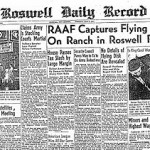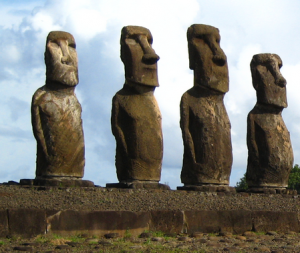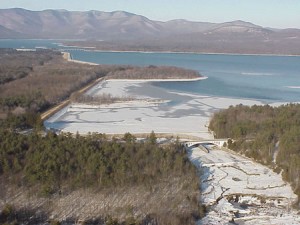In 1968, Erich von Däniken published “Chariots of the Gods? Unsolved Mysteries of the Past” that hypothesized that ancient alien visited earth and taught humans advanced technologies and ancient religions. The book immediately became a best seller and to this day continues to sell in volume. Erich von Däniken’s theories and ideas have continued to be analyzed and examined. With the help of social media and the fascination for the unknown, the idea of alien-human interaction was thrust into the spotlight during the 1950s. Moreover, alien sightings at Roswell, New Mexico and popular films like 2001: A Space Odyssey and Close Encounters of the Third Kind have further heightened the public’s curiosity.
The popular history channel show Ancient Aliens, builds upon Erich von Däniken theology by collecting evidence to support and enhance current views on ancient aliens. The show tries to prove the validity of ancient aliens by examining ancient religious texts in which humans interact with individuals that descend from the sky. These texts often describe a means of transportation that resembles a spaceship flying. Moreover, the show examines ancient artwork that depicts alien-like figures that lead to conclusions that alien life forms must have visited earth. Furthermore, in class we watched the documentary based on the book by Erich von Däniken that used similar techniques to prove the existence of ancient aliens. Both the documentary and the popular show make alien claims about archaeological sites around the world.
One archaeological site mentioned in both is the island statues on Easter Island. Both Erich von Däniken and the show Ancient Aliens theorize that only ancient aliens had the capacity to construct the statues because the local natives lacked proper tools and the ability to transport the massive statues around the island. This theory may make sense initially however it fails to reference scholarly research and use the scientific method as stated by Feder in his book “Frauds, Myths and Mysteries”. Feder explains such claims like these “ignore the truth in just about every phenomena described” (9). Furthermore, the claims made about ancient aliens are considered pseudoscience because they try to hide specific details about their theories. Additionally, they often have alternative motives such as money and fame. Therefore, with widespread notoriety of ancient aliens through books and movies, the public is unable to make this distinction between pseudoscience and science. This has caused archaeology to be one of the most misunderstood fields
A recent article in Wired magazine tries to explain that humans did in fact have the ability to transport the statues by ‘walking’ them in place. Carl Lipo from California State University demonstrated that three teams of workers can ‘walk’ a replica statue down a path similar to one on Easter Island. Moreover, this research study was published in the Journal of Archaeological Science. Compared to Erich von Däniken and the show Ancient Aliens, Carl Lipo and his team were able to use the scientific method as well as scholarly research to make a scientific theory on the island statues. By using methods of real science and archaeology, more accurate information was gathered and tested.




